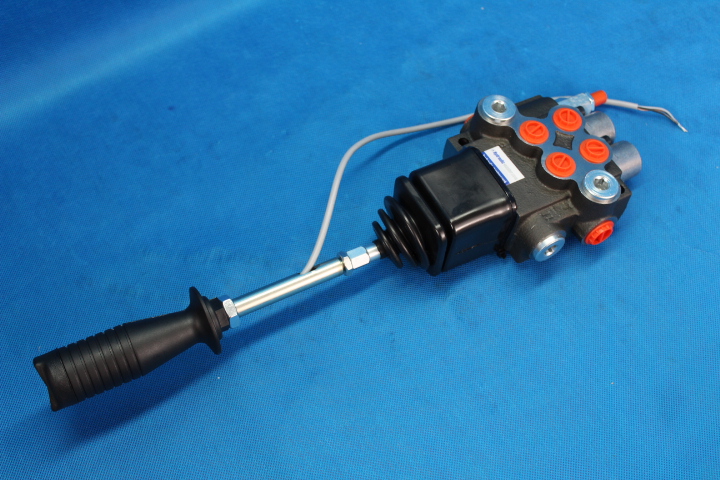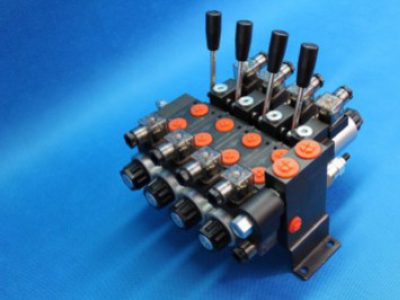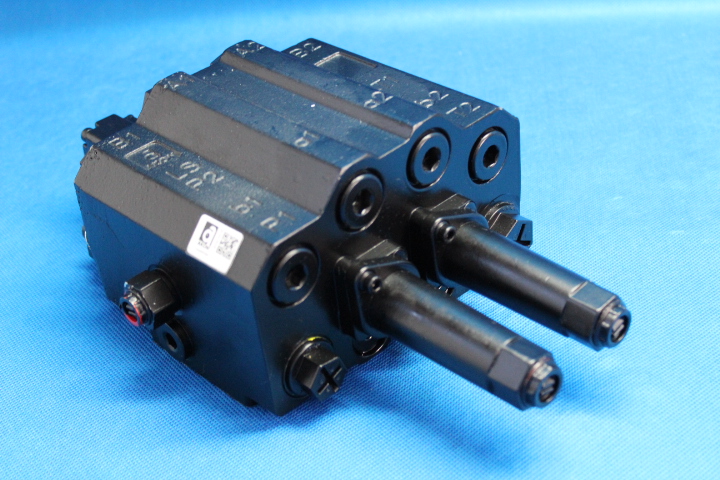There are as many types of hydraulic valves as you can imagine to use them. We can spot hydraulic valves in every branch of industry. They are so needed that even machines responsible for valves production are equipped with hydraulic valves.

Speaking in short terms every type of hydraulic valve is just a mechanical device which controls special fluid or air by opening and closing itself to produce power and for example control other devices. We can spot various hydraulic valve types in almost every kind of industry because they are the most effective solution to help produce large quantities of energy which control other machines.
Each type of hydraulic valve is made of hardened metals. This helps ensure the best standards and avoid unnecessary accidents. Hydraulic valves must be specially reinforced to provide the best standards in the industry and sometimes produce huge amounts of power to control other powerful devices. Almost every hydraulic valve is subjected to huge pressure and that's why they are made of elite materials. They must be rust-resistant as well because environments, where they might be used, will check they are all of the most sensitive points.
We can distinguish a few basic types of hydraulic valves as the three primary groups of valves, but each of those also has their own sub-species:
-
Solenoid valves which can be poppets or spool valves and either of those can be electro-proportional or servo-controlled
-
Flow control valves which can be hydrostats (also known as pressure-compensators) or simply needle valves, and can be used to meter-in or meter-out fluid
-
Pressure control valves which are the most varied of the three primary groups. They open and close, just as other valves, but these are more dynamic, with linear rise and fall of performance, based on the pressure acting upon them.
.JPG)
.JPG)
.JPG)
Most of the pressure valves (like relief valves, sequence valves, and counterbalance valves) are for most of the time closed, which means that it takes a bit of pressure to open them. Besides that, the pressure-reducing valve is the only type of hydraulic valve that closes when pressure rises above the appropriate level.
As it was mentioned at the beginning there are so many types of hydraulic valves and their sub-species that one article is not enough to explain this topic. To simplify it we can say that hydraulic valve is a device which produces power by opening and closing itself by letting special fluid or air go in or out.


.JPG)
.JPG)
.JPG)
